Zone 3?
Fireraven9
21 years ago
Related Stories
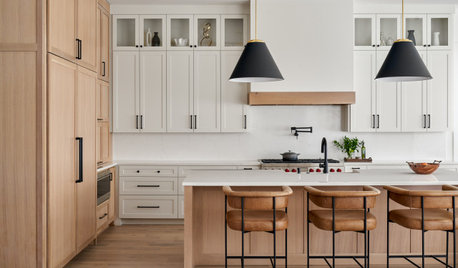
KITCHEN DESIGNStash It All: Know the 3 Zones of Kitchen Storage
Organize storage space around your kitchen’s main activities for easier cooking and flow
Full Story
MOST POPULARKitchen Evolution: Work Zones Replace the Triangle
Want maximum efficiency in your kitchen? Consider forgoing the old-fashioned triangle in favor of task-specific zones
Full Story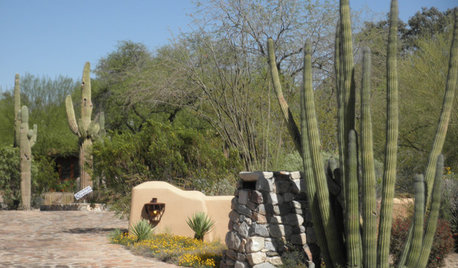
SOUTHWEST GARDENINGUnderstanding the American Southwest's Three Main Climate Zones
If you live in one of the arid or semiarid regions of the U.S. Southwest, this gardening zone guide is for you
Full Story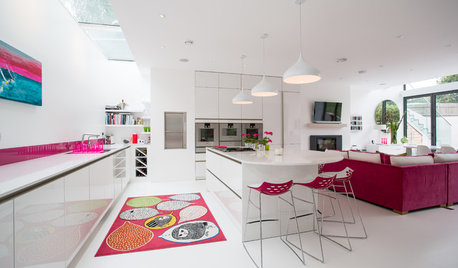
KITCHEN WORKBOOKNew Ways to Plan Your Kitchen’s Work Zones
The classic work triangle of range, fridge and sink is the best layout for kitchens, right? Not necessarily
Full Story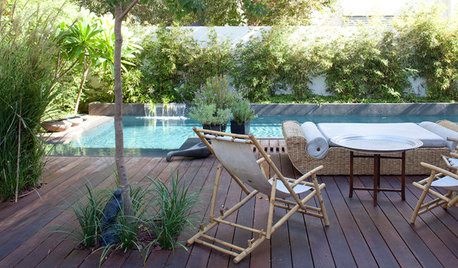
GARDENING AND LANDSCAPING10 Great Outdoor Chill Zones
Whether you have a huge poolside deck or a sliver of a patio, these ideas will kick stress to the curb all summer long
Full Story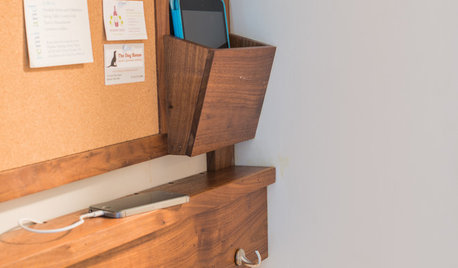
THE HARDWORKING HOMEA New Drop Zone Keeps the Clutter at Bay
The Hardworking Home: A clever wall-mounted station for keys, phones and more helps a family stay organized
Full Story
COLORTime to Step Out of Your Color Comfort Zone?
If you always seem to pick warm tones, or you stick to the cool ones, bucking your natural inclination could bring new energy to a room
Full Story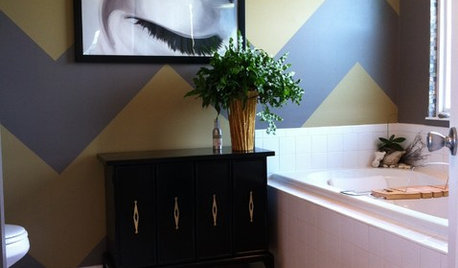
BATHROOM DESIGN7 Reasons to Give Your Bath Zone a Living Room Vibe
With a few living room–like touches, you can transform your bathroom into a practical, relaxing retreat that’s overflowing with personality
Full Story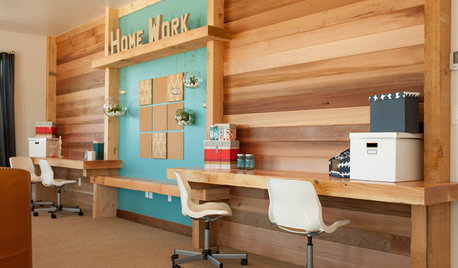
KIDS’ SPACES5 Ideas for a Great Home Learning Zone
Get your child off to a good start this school year with homework areas and strategies that reduce the frenzy
Full Story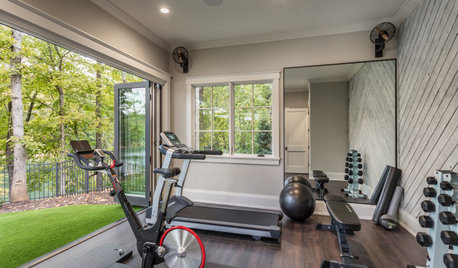
HOME GYMS10 Elements of an Inspiring Home Gym
Give yourself an incentive to exercise regularly by creating a workout zone that will get you moving at home
Full Story





seraphima
Fireraven9Original Author
Related Professionals
Saint Louis Park Landscape Architects & Landscape Designers · Brookline Landscape Contractors · Firestone Landscape Contractors · Mastic Beach Landscape Contractors · Newnan Landscape Contractors · North Plainfield Landscape Contractors · Red Oak Landscape Contractors · San Antonio Landscape Contractors · San Bruno Landscape Contractors · East Norriton Landscape Contractors · South Laurel Siding & Exteriors · St. Louis Siding & Exteriors · Wethersfield Siding & Exteriors · Woodbridge Siding & Exteriors · Alum Rock Solar Energy Systemsgardenlen
Fireraven9Original Author
Kathy_KY
Fireraven9Original Author
Kathy_KY
Fireraven9Original Author
Kathy_KY
Fireraven9Original Author
Kathy_KY
ginger_nh
Kathy_KY
caitzs